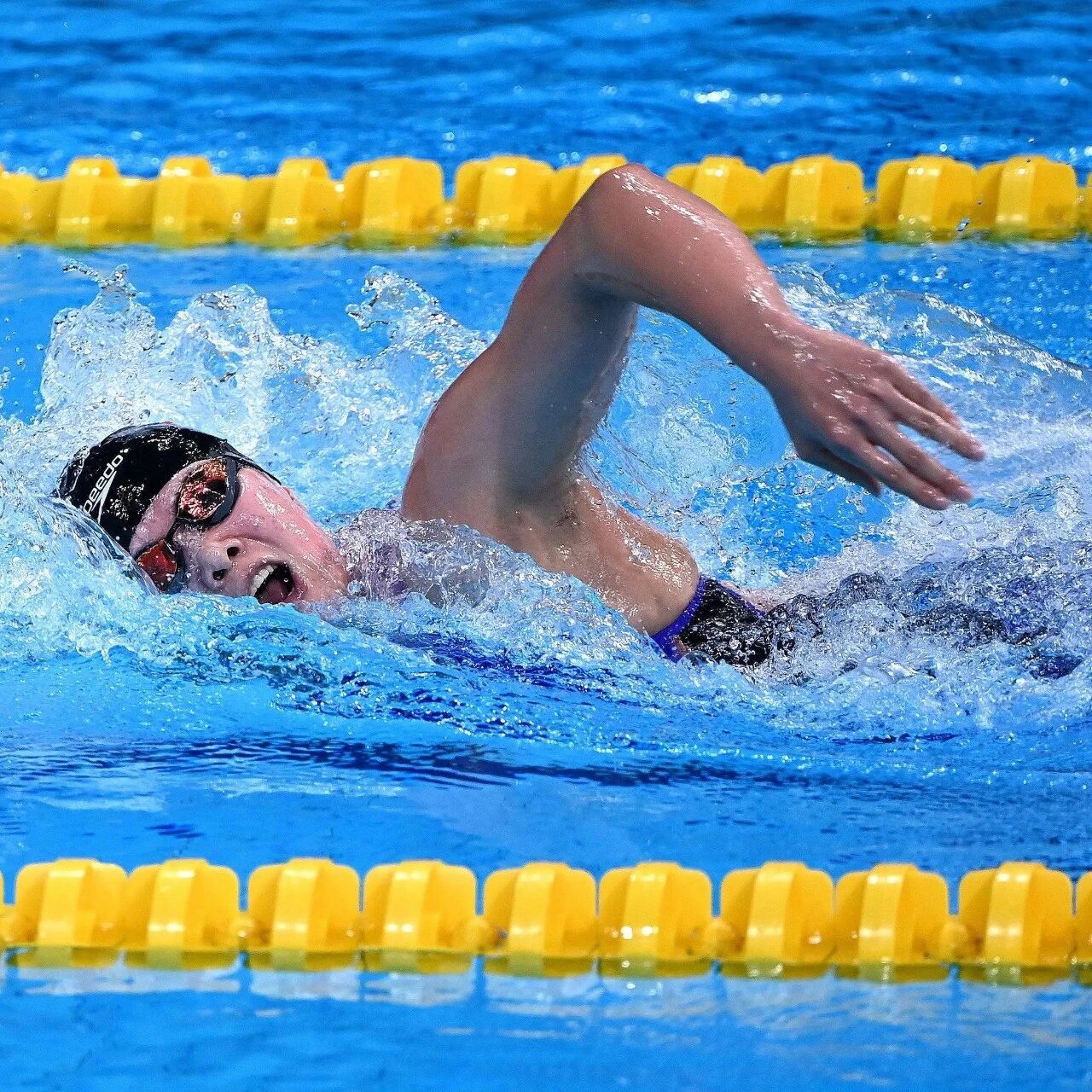Video Refereeing: The Transformation and Challenges of Future Swimming Competitions (Part 2)
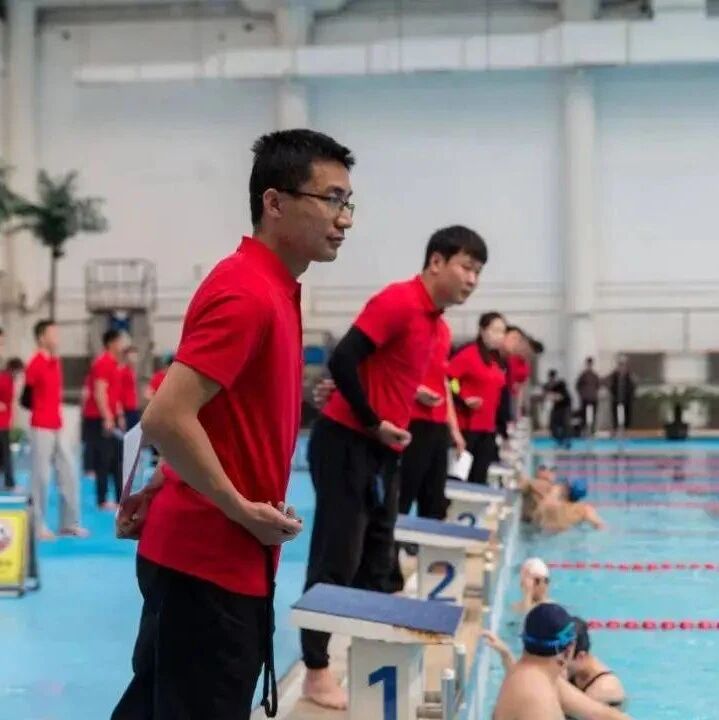
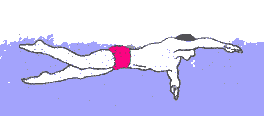

1 The difficulty of technical implementationIncrease
Video refereeThe applicationWhile popularization canReal-timeProvide more accurate judgmentsBased onHowever, its widespread adoption and implementation require significant equipment investment and specialized technical support, posing a challenge for event organizers.OneChallenge.Meanwhile,The Complexity of Real-Time Data ProcessingReal-time monitoringAndData processing requires a high level ofRelying onProfessional technicians and equipment,WithEnsure the accuracy and timeliness of the data.
2 Referee training and suitabilityShould
2025All domestic top-tier events this year must align withInternationalThe matchAligning with,Equipped with video referees, who serve as a new role throughout the entire competition process and represent a significant adjustment for swimming judges.TechnologyThe process of adapting to change, involving participation in the competitionReferee,Whether it's the on-field referee or the video assistant referee,Need to undergo new trainingAnd practical experience,WithAdapting to Video RefereeingJob requirementsAnd with modern technological devicesSkilledUsing it enhances their professional qualities.Computer skills andLanguage skills now demand higher standards.,ThisAllNeededVariousResourcesThe investment
3 Fairness and Transparency of the Event
Currently, there are still limited manufacturers in China capable of providing video refereeing equipment, and the equipment’s technical specifications lack uniform standards. Ensuring consistent rule enforcement across different events and among various referees will remain a persistent challenge. Additionally, gaining the trust of the public and athletes—and upholding the fairness of decisions—will be a significant hurdle as new technologies are first introduced.
Overall, swimming video refereesRefereeing decisions in the matchThese changes have introduced more accurate and scientifically advanced methods of judging, but they also come with challenges such as technology implementation, staff training, and building societal trust. Ultimately, these transformations and challenges will help propel swimming competitions toward greater fairness and impartiality.
WorldThe Swimming Federation ensures the accuracy of video referee decisions primarily through the following methods:
1 Rule Development and Training
WorldThe Swimming Federation has developed a detailed and comprehensive swimming program.CompetitionRules. These regulations clearly outline the standards athletes must follow during starts, turns, wall touches, and various swimming techniques, providing video judges with a precise basis for making accurate calls. Organize regular training sessions for video judges.The training content includes an in-depth analysis of the latest rules, and at the same time,By reviewing the pastDuring the matchVideo refereePenalty rulingOf theReal-life cases, with detailed explanations of areas prone to controversyQuestion, helpingRefereeBetter understanding and applying the rules.At the same time, training will also be provided on the observational skills video officials should possess, as well as their proficiency in operating replay equipment.WithEnhance their professional competence.
2 Video refereeTechnical Support and Equipment Requirements
HoldThe matchOf theThe venue must be equipped with high-quality video recording and playback equipment.CameraThe quantity and placement angle mustCoverageThe competition pool'sKey areas include: the starting platformAboveMidstream area,Turn aroundRegionAnd touching the wallRegion,ToEnsure a high-definition, smooth video experience.High-speed cameras can clearly capture the athletes' movements.MomentAction—multiple-angle cameras provide a comprehensive view.WaitBefore the event, thoroughly inspect the video playback equipment and systems to prevent technical malfunctions.During the competitionProvideTechnical Maintenance and SupportProfessional technicians will provide full-time maintenance for the video system, ensuring stable equipment operation and promptly addressing unexpected issues such as frozen footage or signal interruptions—supporting the video referees.ProvideA reliable technical support environment.
3 Monitoring and Feedback Mechanism
Establish a multi-layered oversight mechanism, including event supervisors.Technical Representative, Chief Executive OfficerOverall supervision of the video review team, as well as mutual oversight among the referees themselves. In major competitions, there will also beWorldSwimming FederationThe assigned technologyOfficials are on-site to oversee the video referees' work, ensuring that the decision-making process adheres to the rules and procedures.
4 Feedback and Correction
Encourage video referees to step in when faced with controversial calls or uncertainties.SituationAt that time, promptly report to your superiors. Meanwhile, establish a complaint channel to allow participating teams to challenge the officiating decisions.In case of misjudgments or omissions, the worldThe Swimming Federation will act promptly.Based on video evidenceCorrect the incorrect call and provide coaching to the relevant officials to prevent similar mistakes from happening again.
ImproveVideo referees made accurate calls.The pathway
1 Strengthen training on refereeing rules
Whether it'sVideo refereeStill on the spotRefereeTo work togetherIn-depth studyLearningCompetition rules,Stay updated on rule changes. New regulations often influence the specifics and standards of officiating, so continuous learning is essential to ensure your calls align with the latest requirements.Both sides need to attend the pre-match meeting together. In particular, they should have a detailed discussion on certain rule points that are prone to controversy, such as false starts and turns.And touching the wallAction guidelines, etc., ensuringReferees for all positionsThere is a consistent understanding of the rules. At the same time, it’s important to clearly define each person’s scope of responsibility, covering everything from proper swimming technique guidelines and start rules to turn requirements and wall-touch details. Regular rule assessments should be conducted, incorporating scenario-based questions that mimic actual competition situations, to deepen both understanding and retention of the regulations. This approach will enable more accurate and informed decision-making during officiating.
2 Video referees andOn the spotGood cooperation among referees is key to ensuring a fair and smooth competition.
During the competition,To ensure coordination among the refereesCommunication channels are open and.Video referees should rotate roles with on-field officials while maintaining close communication. By combining their firsthand observations and any on-site questions with their experience as video referees, they can leverage insights that video replays might miss—capturing subtle nuances that are critical to accurate decision-making. Rotating roles between video and on-field officiating thus fosters a two-way exchange of expertise and information, which is essential for improving the precision of calls. Moreover, when controversial decisions arise, collaborating with other video referees and technical officials allows for a comprehensive discussion, ensuring that diverse perspectives are considered—and ultimately helping to prevent misjudgments driven by individual biases.For example, this could happen during a turn.FoulWhether the action complies with the rules at the moment of touching the wall during the sprint,After reporting to the chief referee,The referee will immediately notify the video assistant referee (VAR) and request a review of the video replay. Upon receiving the instruction, the VAR must swiftly identify the crucial video footage, carefully analyze it using playback tools such as slow-motion and frame-by-frame playback, and promptly relay the decision back to the on-field officials.Chief Executive JudgeIf complex situations arise—such as when the two referees initially disagree, or when there’s a dispute over the application of the rules—both parties must work together to discuss and resolve the issue.CombiningOn the spotDetails observed by the on-field referee and clues identified during video reviews are carefully examined against the competition rules, ultimately leading to an accurate and fair decision.In each matchAfter the match, both teams should conduct a debriefing, reviewing refereeing decisions and analyzing the strengths and weaknesses of their teamwork. This will help them gain valuable experience for future games and continuously refine their collaborative approaches.
3 To the video refereeConduct specialized training in video analysis
Video referees must have a thorough understanding of the match venue's video equipment system, including camera placement, shooting angles and coverage areas, as well as the operational procedures of the replay system. At the same time, they should be proficient in quickly identifying and locking onto crucial video clips—such as the critical zone during athlete baton exchanges or the precise moments of turning—to ensure rapid access to key footage when making officiating decisions. ThroughCollect a large number of swimming competition videos, including cases with controversial rulings.Watch the video repeatedly, make independent judgments, then compare your answers with the correct solutions, analyze where you went wrong, and pay special attention to the controversial moments—such as the athlete’s start, turns, swimming technique, and wall touches.You can also review the video referee's decisions.Simulate penalty scenariosOf theTraining, setting up the competition environment, rapidly playing videos, and requiring referees to make timely judgments.By carefully analyzing videos that highlight fouls and borderline situations, continuously refine your officiating skills. Then, engage in in-depth discussions with fellow referees to collectively broaden your perspective and approach to decision-making.By increasing the complexity of video scenarios—such as introducing visual obstructions—we can enhance referees' focus and improve the accuracy of their decisions in challenging situations. Teamwork-based training also plays a crucial role: organizing joint training sessions where referees review videos alongside on-site officials helps strengthen communication skills. Additionally, facilitating small-group discussions about controversial calls, encouraging multi-perspective analysis, and working toward a shared understanding ultimately boosts the precision of officiating decisions.
4 Video refereeExperience Exchange and Case Sharing
ThroughWorldSwimming FederationWaitOfficial platform, bringing together countriesSwimmingThe referees engage in an exchange of experiences.Sharing in various competitionsAppearingJudgment cases—especially the complex and controversial ones—help video referees learn diverse decision-making approaches and handling techniques.EstablishVideoDatabase: Collects video refereeing cases from various match scenarios. Video referees can deepen their understanding and application of the rules—and improve the accuracy of their decisions—by studying these cases.
The debate over whether video referees will replace on-field officials
The development of video review technology has brought unprecedented changes to swimming competitions, while also introducing a set of challenges. AsVideo of the swimming competitionThe growing reliance on technology necessitates ensuring that all countries and regions have equitable access to and can effectively utilize these advancements. Meanwhile, the moral and ethical challenges arising from technological innovation require sustained attention and proactive solutions to safeguard the sustainable development of swimming as a sport.Although the on-site referee willDue to the competitionThe competition was intense, and the athletes'Occurring due to rapid movements, momentary visual errors, or distractions.Missed call orMisjudgment.Or on the spotA referee's judgment can be influenced by subjective factors such as personal emotions, the reaction of the crowd, and their personal relationships with athletes, potentially undermining the fairness of the decision.But after all, being on the spotThe referee is right at the match venue, allowing real-time observation.ToAthletes must immediately recognize obvious rule violations, such as a false start.,Capable of ensuring the smooth flow of the match.Can artificial referees stillObservedThe video cannotCaptureSituations such as on-site interference or athletes experiencing abnormal conditions,Thus, it becomes possibleProvideMoreComprehensiveOf thePenalty information. In special cases, such as equipment failure or unexpected interference,On the spotArtificial referees can quickly handle emergencies and keep the game running smoothly.On-siteOrder.On-site referees and video referees work together to enhance the accuracy of officiating and uphold fairness and impartiality on the field. Although video referees have been increasingly employed in international and domestic swimming events in recent years, there’s also a growing trend in competition practice toward relying more heavily on evidence provided by video reviews for decision-making. Still, in the short term, on-site referees remain indispensable and cannot be fully replaced by their video counterparts.
Technological innovationAlsoFacing the athletesCoachThe issue of adaptability requires finding a balance between technological innovation and athletes' ability to adjust. To ensure fairness and sustainable development in swimming, it is essential toOfficial leadership by World Aquatics, Technology providerInnovation andAthleteCoaches and referees'Let's work together to ensureNewThe rational application of technology and the fair enforcement of rules.Additionally,Interdisciplinary research and knowledge sharing will foster cross-border innovation in swimming technology, driving forwardCompetitionSwimming is evolving toward a more efficient and sustainable direction. (End of text)
This article is for2020The Zhejiang Provincial Department of Education's general research project, "A Study on the Distributional Equity of Resources for Youth Campus Swimming Competitions in Zhejiang Province" (Project No.Y202044873)Some of the research content.
The author of this article is an international-level swimming referee.
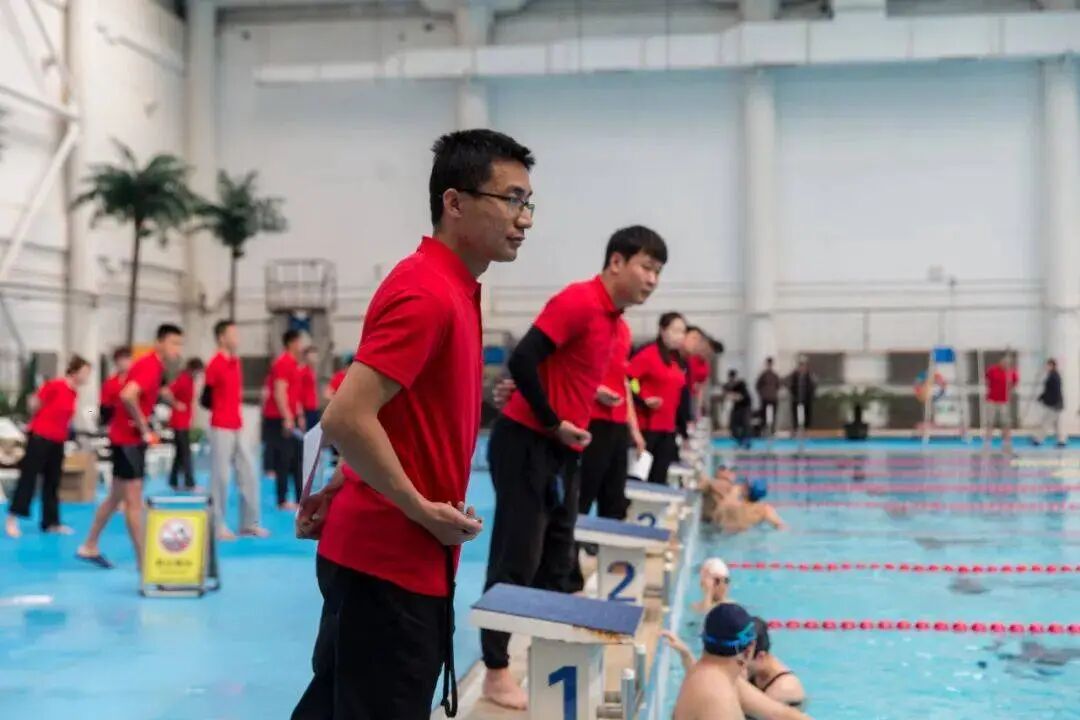
Image source: Internet
Recommended:
Video Refereeing: The Transformation and Challenges of Future Swimming Competitions (Part 1)
Video Referees: The Transformation and Challenges of Future Swimming Competitions (Part 2)
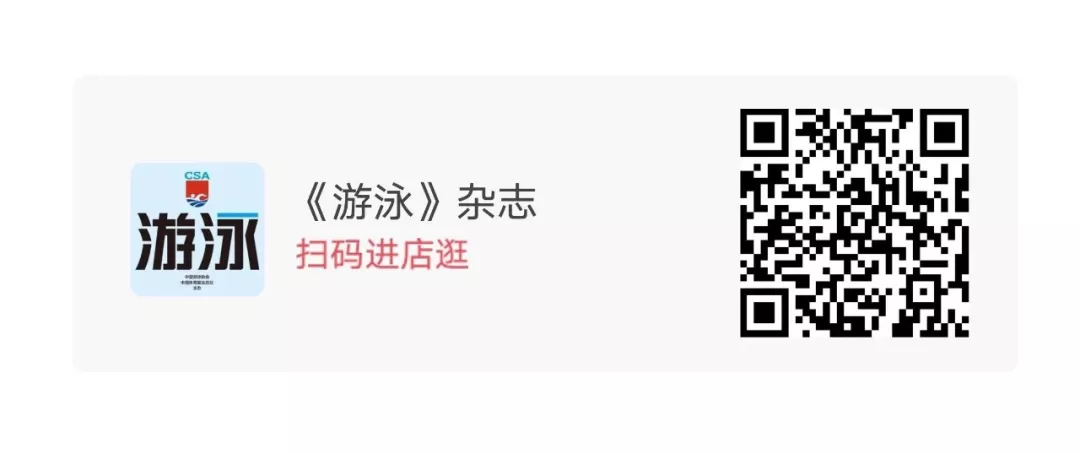
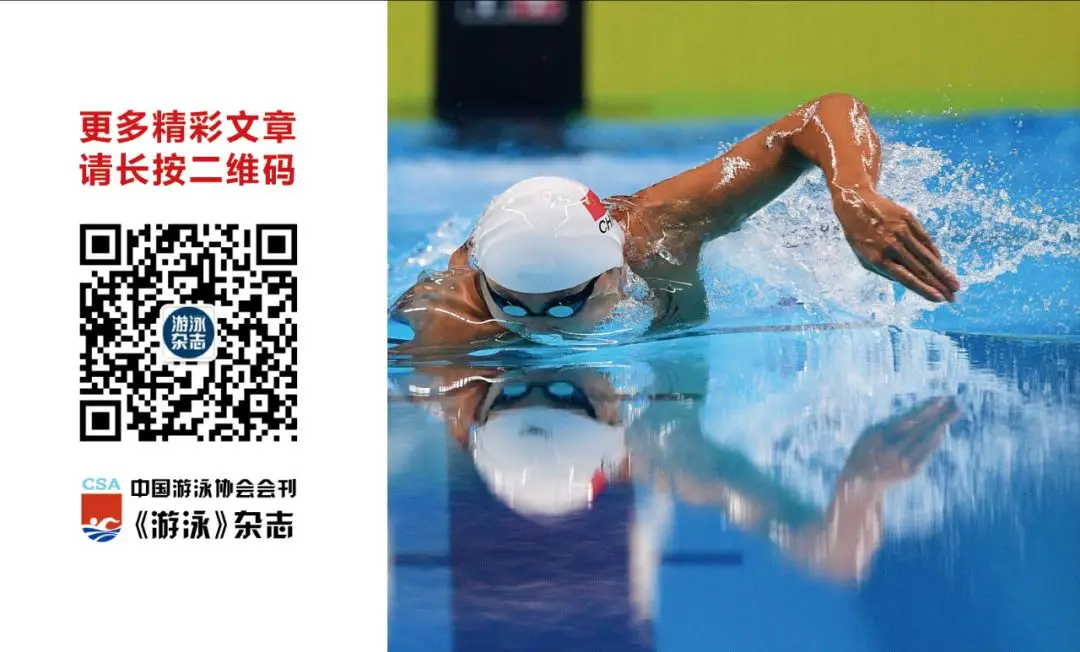
Related Articles
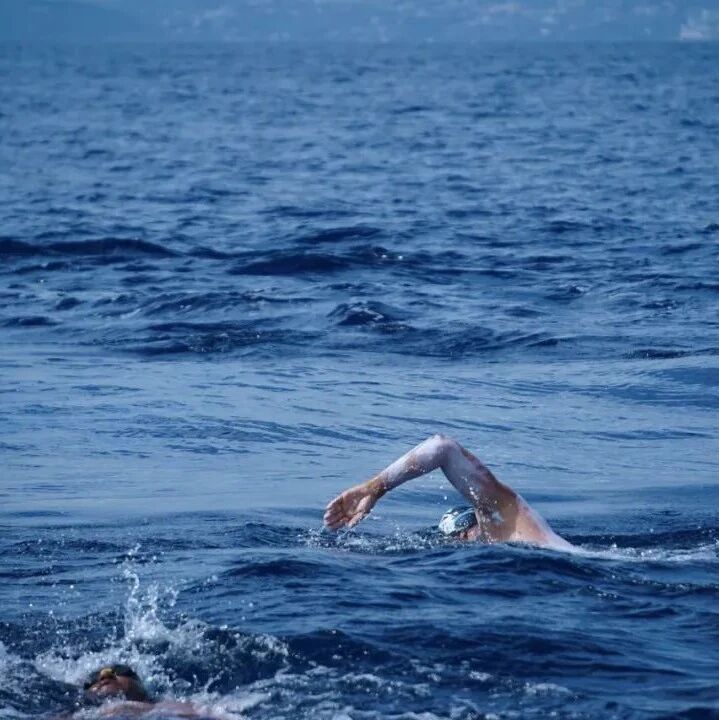
57-year-old Chen Suwei from Dongguan successfully swam across the Strait of Gibraltar—the "world's most challenging swim course"—in 3 hours and 51 minutes.
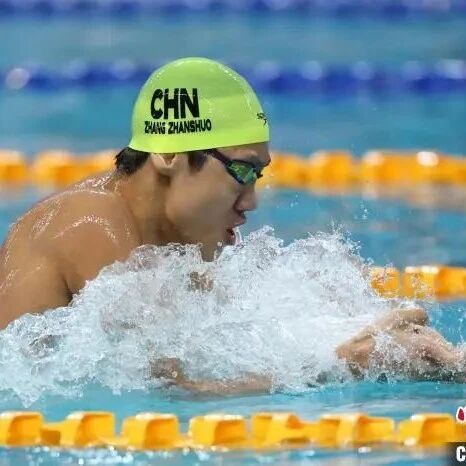
Results from the National Spring Swimming Championships on the 21st: Zhang Zhanshuo wins his third gold medal.
